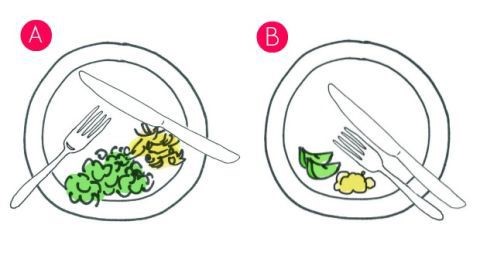On October 15th and 16th, Career Services held its annual Etiquette Dinner 101 at the Goldstein Alumni and Faculty Center, and I learned that there are so many more things to table manners than simply starting outside and working your way in with utensils. Robert Shutt, professional etiquette educator and author, taught us everything we needed to know about conduct to make favorable impressions at future business meals. Here are 10 takeaways from the sessions that will undoubtedly help you out!
Here are 10 takeaways from the sessions:
- If you’re the guest, wait to sit until others have been seated. Afterwards, always stand up to greet any incoming guests to show that your comfort does not trump the pleasure of meeting them.
- Don’t add any items to the set table – in other words, don’t place your phone, keys, bags on the same surface the food will be served on. Not only is it rude, but it’s also unsanitary. You shouldn’t be touching your phone throughout the meal anyways, so place it in your bag or your pockets.
- Though this is a business meal, your host is likely to start off with unrelated small talk. Don’t jump into the business material until your host takes the initiative to. They lead, you follow. If you don’t know what to talk about, comment on their great restaurant choice, the cool neighborhood, and ask why they chose the place.
- Order food that you know how to eat. It’s as simple as that and it shows that you know yourself and can make appropriate decisions. Don’t order messy food (e.g. burgers) or food that you find difficult to eat either.
- If you need to leave the table, simply say “excuse me” and either drape your napkin over the back of your seat, or leave it crumpled on your seat.

- Soiled utensils should never touch the the table. Once you’ve used them to eat, lean them against your plate as to not stain the tablecloth. When you’re done with your plate, place both utensils next to each other as shown above, with the edge of the knife facing in. Avoiding anything that could represent aggression is key.
- Set your utensils down while talking; waving a dirty fork may fling crumbs onto your guest and waving a knife could make them nervous.
- Never season your food before you taste it. If you add salt, pepper, or the like to your plate before even touching it, it may send a signal saying you make premature decisions without doing the proper research.
- Your napkin is for gently dabbing crumbs or sauce off your mouth – nothing else. Don’t use it to blow your nose, don’t wipe your utensils with it, and don’t rest it on the table unless the meal is over.
- Always say thank you twice. Thank them at the end for the wonderful meal and conversation, and thank them again with a handwritten note.
Written by: Yena Kim ’19 in the S.I. Newhouse School of Public Communications, College of Arts and Sciences and Whitman School of Management
